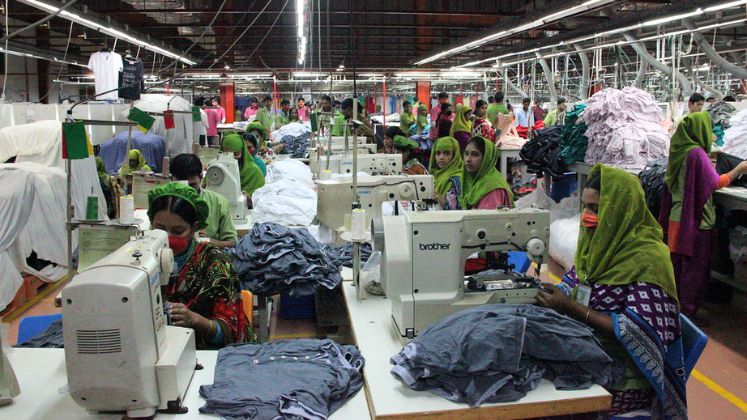
The Bangladesh Knitwear Manufacturers and Exporters Association (BKMEA) has expressed concern over the possibility of significant export losses to the United States if proposed reciprocal tariffs are implemented. BKMEA President Mohammad Hatem warned that between 25 to 30% of Bangladesh’s exports to the US could be at risk if the current tariff proposal is not substantially reduced.
Hatem revealed that he recently met with Bangladesh’s Commerce Adviser Sheikh Bashir Uddin to discuss the issue, both before and after negotiations with US representatives. According to him, the adviser is cautiously optimistic that the US may lower the proposed tariff from the current 35%, though the final decision rests with the US administration. “The issue has now become fully political. Its outcome depends on the government’s ability to reach a political consensus,” Hatem stated.
Highlighting the economic stakes, Hatem noted that out of Bangladesh’s total exports worth US $ 48 billion, US $ 8 billion are shipped to the US. “We cannot safeguard the US market at the cost of losing the remaining US $ 40 billion,” he emphasized.
The BKMEA chief pointed out that if tariffs are not significantly reduced, a substantial portion of exports could be jeopardized. “25-30% of our exports to the US could be affected,” he said. He also expressed concern about the slim profit margins of local exporters, which often hover below 5%, making it impossible to absorb additional tariff costs. “If US buyers insist on sharing the imposed tariffs, Bangladesh would be unable to sustain that,” Hatem added.
Furthermore, he warned that a decline in exports to the US might force Bangladeshi businesses to seek alternative markets, potentially leading to increased competition and downward pressure on prices in other regions. “This could spark unhealthy competition and prompt buyers in other markets to push prices down,” he cautioned.
The negotiations come at a critical juncture for Bangladesh’s burgeoning knitwear sector, which heavily relies on the US market. The outcome of these tariff discussions could have significant implications for the country’s export landscape moving forward.






